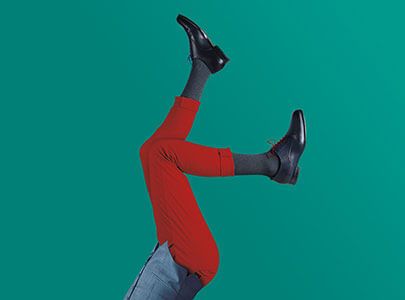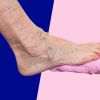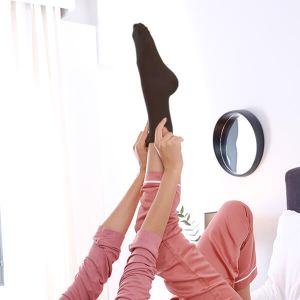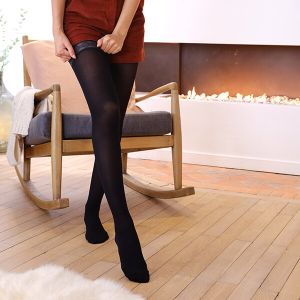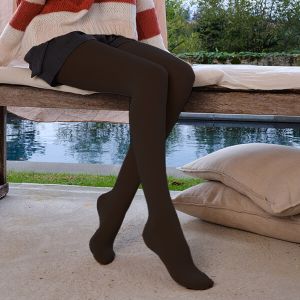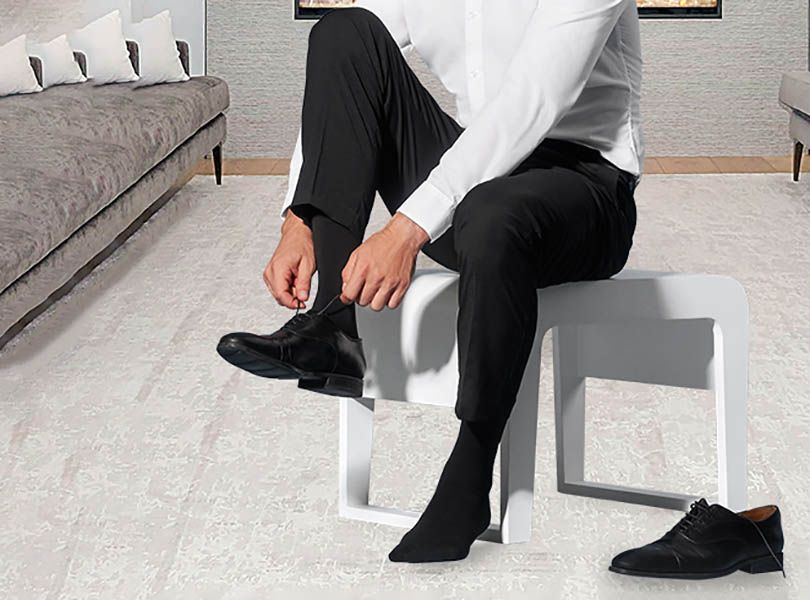What factors contribute to venous insufficiency?

The fast pace of life and technological progress mean that we have more time and less time at the same time. More, because machines relieve us of many activities. Less, because since we save time on one thing, we can spend it on some additional task.
The effect of our fast pace of life and progress is that we spend most of our time sitting down at work and at home. We also make poor food choices, relying on what we can eat on the run or without the effort of preparation. We drown out stress with addictions. And after returning from work, we limit our activity to the bare minimum, dreaming only of a hot shower and our own bed.
It is difficult to break out of such a routine, but if your day looks even half like this, it is time to change something. It is a simple way to many diseases, and one of them is venous insufficiency. It is a disease that affects more and more people; much more often women, less often men.
Although genetic factors play an important role, there are many factors that contribute to the occurrence of this condition, which can be successfully eliminated on your own.
What is venous insufficiency?
First of all, it is important to understand what this disease actually is. It is connected with occurrence of blood stasis in veins. Most often it occurs in the area of ankles. Lack of movement causes that blood does not circulate properly, but accumulates where gravity makes it most difficult for it to return to the heart. Fluid accumulated in one place results in swelling, and sometimes also pain.
At the same time, there is an irreversible expansion of veins, which in turn results in increased blood pressure. The body thus tries to force the blood to circulate properly. The stretched veins twist and begin to appear on our legs as varicose veins.
Therefore, although it seems that circulatory insufficiency of the lower limbs is a problem affecting mainly the legs, in reality it affects the whole body and the well-being of the patient.
Chronic venous insufficiency and its contributing factors
The statistics are clear: it is a disease that affects women up to six times more often than men. This has to do, among other things, with the additional strain on the body such as pregnancy or hormonal contraception taken orally.
In the case of pregnancy, the baby presses on the pelvis in an unnatural way, at the same time restricting the free flow of blood. This is why swollen ankles often occur in pregnant women.
Hormonal contraception, on the other hand, can promote the occurrence of thrombosis, which in turn sometimes causes problems with insufficiency. However, there are more causes and contributing factors to this disease.
Venous insufficiency of the legs is very often a consequence of a sedentary lifestyle. This may concern for example sedentary work, but also the way of spending free time. Obesity also does not help, as it puts additional strain on the body, including the cardiovascular system.
Lack of exercise combined with an inappropriate diet rich in highly processed products and stimulants, such as alcohol or cigarettes, are among the most frequently mentioned factors conducive to heart failure. Another, slightly less obvious cause is wearing too tight clothes and high-heeled shoes.
Chronic venous insufficiency may be related to long-term pressure in one place. This is for example the case with too tight underwear, socks or even trousers. It is therefore worth paying attention even to such details, which can make a huge difference. People of above average height and those with a genetic background are at greater risk of developing this condition.
If there are cases of varicose veins in a given family, especially in parents, there is a high probability that the descendants will also have this problem. However, this does not mean that nothing can be done to prevent it.
Prevention and treatment of venous insufficiency of the lower limbs
Of course, prevention is always better than cure. Knowing the factors that increase the risk makes it easier to avoid them. Venous insufficiency of the lower limbs is only one of the diseases that can be avoided by changing your lifestyle. For a start, it is worth introducing healthier eating habits and thinking about physical activity.
Even short but regular walks can bring excellent results. And by the way, they will help you lose weight. There are also special exercises for venous insufficiency, although the very fact of undertaking some kind of activity will be a good solution.
If our work forces us to sit, it is worth moving feet under a desk, making circular movements, and taking a walk and stretching during breaks, if possible. Chronic venous insufficiency of the lower limbs may also be treated pharmacologically or surgically.
There is also a special type of compression garment that improves blood flow by distributing pressure evenly. These are usually knee-high socks with varying degrees of compression. Their choice and use should, however, be consulted with your doctor. They can be worn both daily and for special occasions such as long car or plane journeys.

